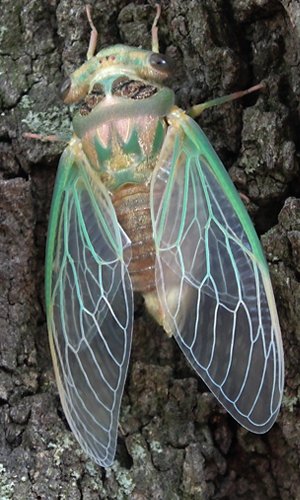Researchers at Japan’s University of Tsukuba have turned cicadas into miniature loudspeakers for playing Baroque music. An idea straddling the boundaries of art, science and technology, it transforms the body of a living insect into a kind of Bluetooth speaker. The team developed a system that makes cicadas into living loudspeakers, capable of producing modulated sounds thanks to electrical stimulation of the muscles in their abdomen. An ingenious – and slightly provocative – invention. The project, dubbed the Insect–Computer Hybrid Speaker, represents a cutting-edge advance in the field of body–machine interaction and raises a remarkable question: not only can we interact with insects, but we can also play music with them, turning them into biological sound devices. But let’s see how it works. Male cicadas (in particular the species Graptopsaltria nigrofuscata, common in Japan) are known for their powerful song, produced by contracting their tymbal muscles. These muscles vibrate thin, drum-like structures called tymbals, which act like a drumhead. To produce the typical sound of Mediterranean summers, the cicada makes these membranes vibrate, held under tension by the muscles. The sound is then amplified by abdominal cavities that function as resonating chambers. It’s not, therefore, a sound produced by rubbing body parts together, as happens with crickets, which chirp by scraping their hind legs against rough areas on the sides of the abdomen. The cricket works rather like a güiro — that Cuban musical instrument made from a hollow gourd with transverse grooves carved into its surface; scraping it with a wooden stick produces a rasping sound. The cicada, on the other hand, functions more like a putipù, also known as a caccavella, where the vibrations of a skin membrane, created by a stick, are amplified by the hollow body beneath. The researchers harnessed this natural mechanism by inserting electrodes into the cicadas’ abdomens to directly stimulate the muscles responsible for producing sound. The frequency and voltage of the electrical signals were carefully calibrated to produce different musical notes. In this way, the Japanese researchers “played” a group of electrified cicadas and reproduced the familiar melody of Pachelbel’s Canon.





